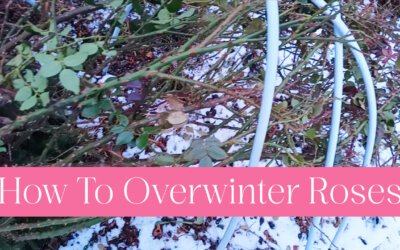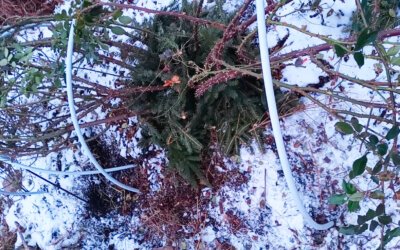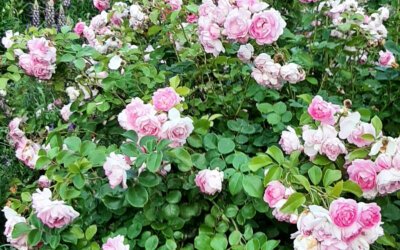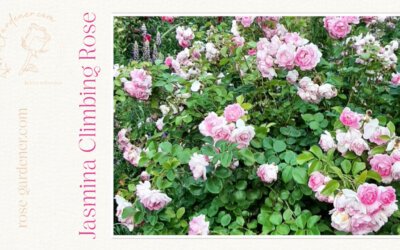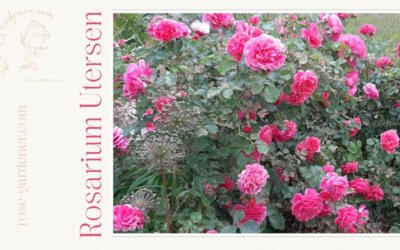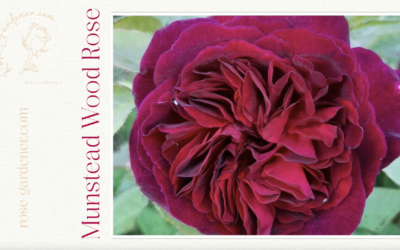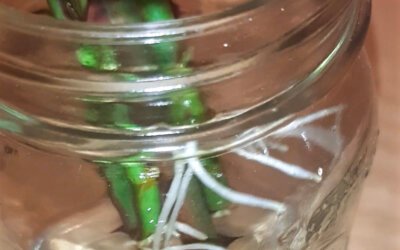Roses are much easier to grow than many people think. Like all plants, they have their preferences, likes and dislikes, and to grow roses successfully, you need to know what they are. I want to share everything that you need to know to learn how to grow roses successfully.
First, you need to start by choosing the right location for your roses. The most important factor for growing roses successfully is good drainage. Roses won’t tolerate waterlogged soil at all. If you can’t provide good drainage, consider growing roses in pots or building very high raised beds for them.
Many gardeners ask if roses prefer to grow in full sun or shade. Generally speaking, roses do prefer full sun. However, they will benefit from some afternoon shade in a very hot climate. Even in colder regions with high intensity of sunlight (US and Southern Canada), blooms can be slightly damaged during very hot weather if planted in full sun. It also can affect the longevity of flowers – they will fade much quicker.
However, roses usually bloom for months, and hot weather lasts only for days. And because in colder climates, the soil takes time to warm up in spring, it is better to plant roses in full sun and to provide some shade for varieties with darker colours of blooms (because they are affected the most in hot weather conditions) by planting tall perennials in front of them. If you have a semi-shaded location, you can still grow roses. Some rose varieties can even be grown on the northern side of the building. Planting roses in dry shade under dense tree canopy should be avoided.
Another essential factor to consider when growing roses is soil fertility. Roses are very hungry feeders, but luckily it is a factor that can be easily improved. Just add a bag of compost or well-rotted manure in the planting hole when planting the rose (you need to mix it with native soil) and (or) use compost or manure as a mulch. Roses love to be mulched with grass clippings – put a layer of 2-5 inches of fresh grass clippings around the bush, but make sure that the mulch doesn’t touch the base of the plant, leaving a gap of 2-3 inches between the plant and the mulch. Roses are also going to benefit from a wood chip or bark mulch. Any organic mulch will improve your soil fertility over time. Many rose growers suggest using well-rotted horse manure for roses as a mulch or an addition to the planting hole.
One more factor that is important to keep in mind when choosing the right location for your roses is soil pH. Like most plants, roses prefer soil pH of 6-7. A pH of 6.5 is considered to be ideal for growing roses. If your soil pH is lower than 6, you can raise it by adding wood ashes of horticultural lime. For soils with a pH higher than seven, it is beneficial to mulch with ericaceous compost, pine needles or peat moss. I find the pH factor a little bit enigmatic because, very often, when I research an ideal soil pH for a plant, I see very controversial information. After many years, I concluded that adding plenty of organic matter can help solve almost any issues related to soil pH.
After you’ve chosen the right location for your roses and planted them, you can focus on their growth. When you’ve provided the right conditions for your roses in the beginning, they will grow anyway, providing that you will give them additional water in arid conditions. Then what all the fuss about growing roses, you may ask? Well, it’s all about how well you want them to grow. If you want them to grow big and flower profusely, then you need to fertilize them more and regularly. If you want them to have a nice shape, you need to learn how to prune them. If you want them to have beautiful shiny leaves all season long, then you need to spray them to protect them from pests and all kinds of fungi, etc. However, you can still grow roses without doing much additional work. Soon I will share with you all my secret recipes for growing roses organically. Please subscribe to receive the updates.



